Hello everybody. Today we want to dedicate this article to clarify everything related to the Difference between Differential Switches and their practical uses.
It will be a fairly complete article where we will complement it with audiovisual material so that at the end of the reading there is no doubt.
And without further ado, we begin!!!
What is a Differential Switch and what is it used for?
The differential switches are nothing more than electromagnetic devices whose main function and for what they were designed is for the physical protection of people. This protection will be either by direct contact with any active part of the installation or indirectly by some kind of shunt due to bad insulation of any installed element.
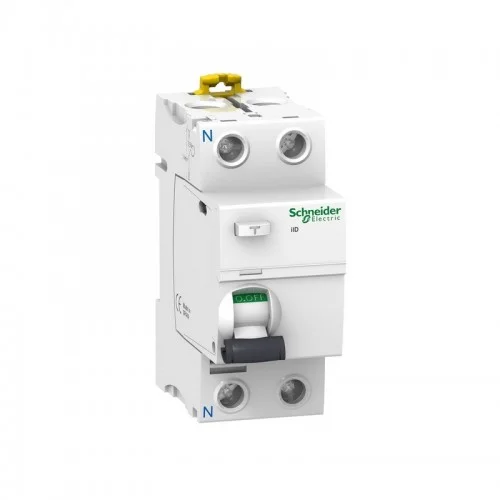
Differential switches can be found in any electrical panel or circuit, both industrial and domestic.
I bet a like to this article that if you now go and take a look at the electrical panel of your house you will find it for sure.
We will now explain how differential switches work.
How do Differential Switches work?
Let’s remember that in an electrical circuit the incoming current will be equal to the outgoing current if everything works correctly. In the case of the Differential Circuit Breaker, it is the device that senses if the outgoing current is equal to the incoming current. If this is not the case and it detects any anomaly (leakage to ground), it will trip to protect people and equipment connected to the circuit.
We have to know that the differential switches come regulated in sensitivity of trip, being the most common and most used at least in houses the 30mA (milli-amperes). This means that in the moment that the Differential Switch detects a leakage above that current intensity it will trip immediately, since it has detected an anomaly in the operation of the circuit or a possible leakage of current to ground.
In the following image you can see the parts of a Differential Circuit Breaker.
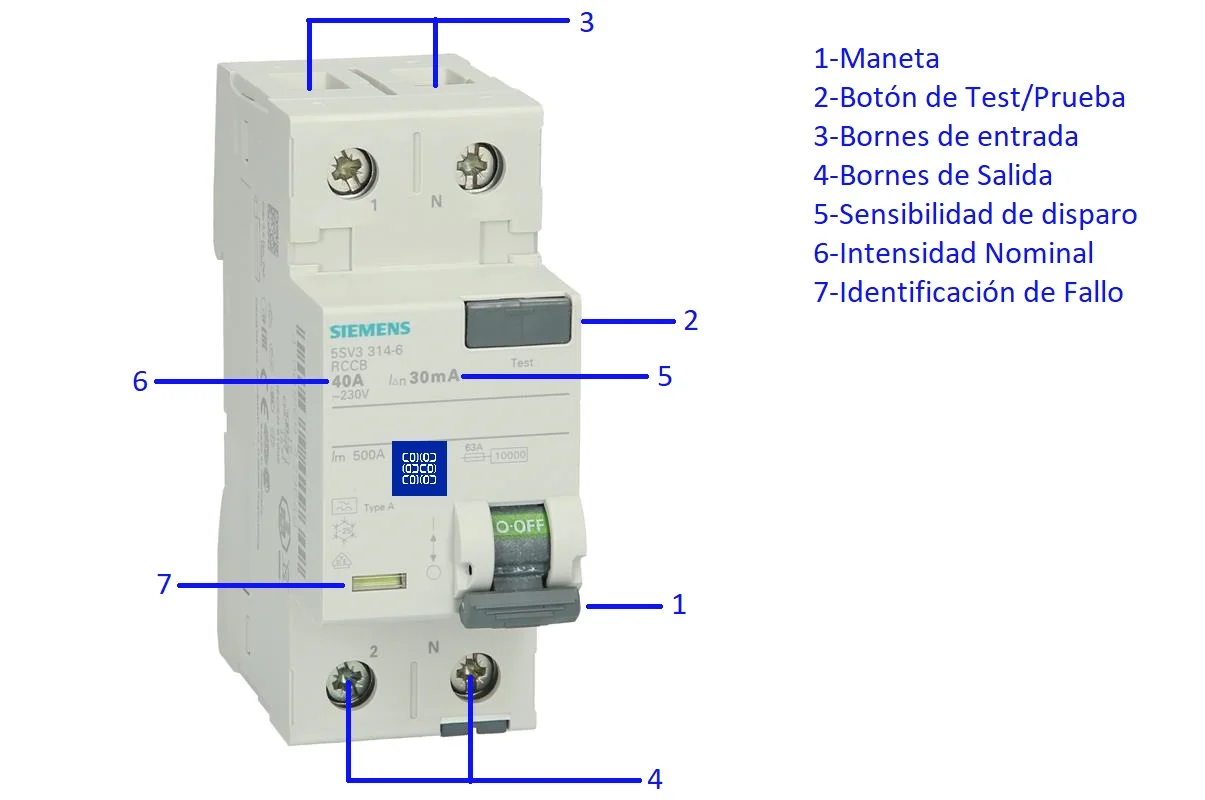
Classification of Differential Circuit Breakers by their Actuation Time
Before entering fully with the Types of Differential Switches I want to make clear the following concepts as you will see them during the following sections.
And is that there is an extra classification of these devices according to their tripping times, and can be categorized as follows:
-
Instantaneous Differential Switch:
It is considered the most common tripping time in these devices and within this classification include all the residual current circuit breakers that do not have any type of tripping delay in the presence of the anomaly. This means that these devices trip the moment they detect the problem.
-
Selective Differential Switch (S):
This model of Selective Differential Switch or also called Delayed is used when we need to isolate or limit the power supply cut-off only in the areas that have been affected by the detected shunt. This type of application is most often used in industrial or large installations. Thanks to these devices it is guaranteed that in case of failures we do not stop the entire power supply affecting the productivity of complex industrial processes.
What are the Classes of Differential Switches?
-
Class AC Differential Switch
Class or Type AC residual current circuit breakers are the most common type of circuit breakers that can be found installed in any electrical protection system. This type of protection ensures the protection of the circuit and its disconnection in the event of residual residual currents that may appear either abruptly or progressively.
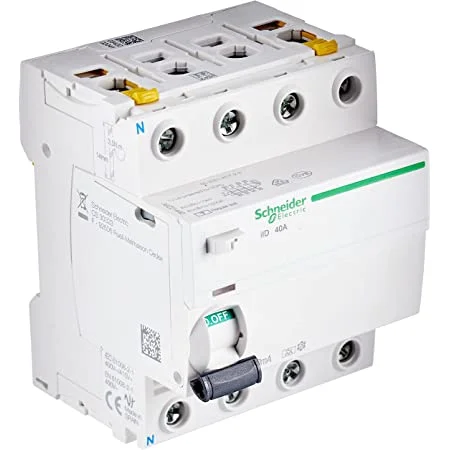
The ranges of these devices can be found up to 100 or 125 amperes in some cases in their instantaneous or selective versions (we will see this concept later) and in sensitivities ranging from 10 to 500 milli amperes.
-
Class A Differential Switch
These Differential Switches protect against alternating currents and are able to avoid untimely flashovers which have been caused by elements outside the installation. They also ensure protection against rectified currents with or without DC component.
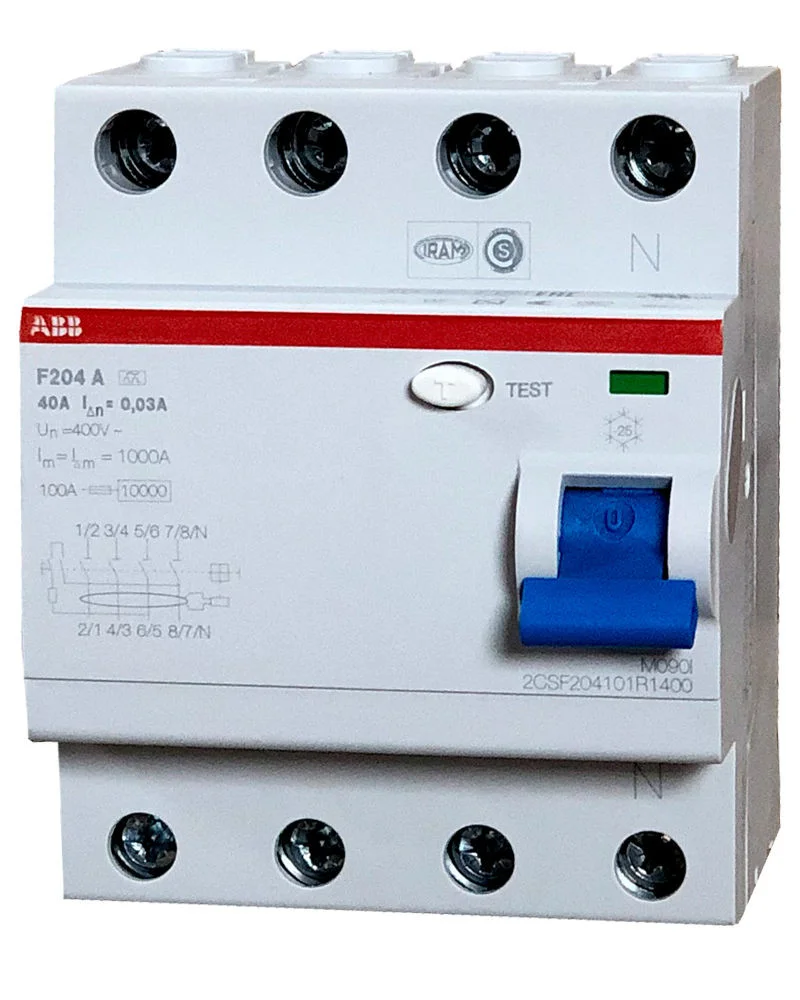
The range of Class A Differential Switches are specially designed for the protection of circuits with electronic receivers incorporating sinusoidal signal rectification.
-
Class A-SI Differential Circuit Breaker (Superimmunized)
The Class A-SI or A-Superimmunized Differential Circuit Breaker which in some manufacturers such as LEGRAND is usually known as Type F Differential Circuit Breaker is an even more robust and advantageous device than its little brother, the Class A.
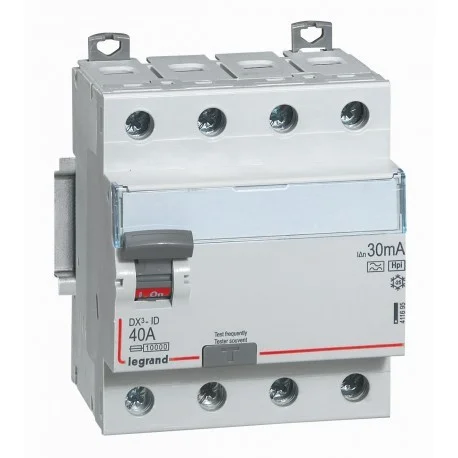
Its main improvement is that it has high-frequency filters that allow to distinguish whether a ground fault has really occurred or whether it was something punctual, which has caused a false positive in the circuit. This is often the case when multiple computer equipment is running at the same time. Thanks to the built-in electronics, greater resistance to untimely tripping and better efficiency is ensured, since these devices will only trip when a fault current dangerous to people is detected.
-
Class B Differential Switch
Finally we have to say that Class B Differential Switches are mainly designed for the protection of circuits such as three-phase variable speed drives, battery chargers or uninterruptible power supply systems (UPS), where the use of Class A or A-SI Differential Switches is not sufficient due to the presence of continuous leakage currents.
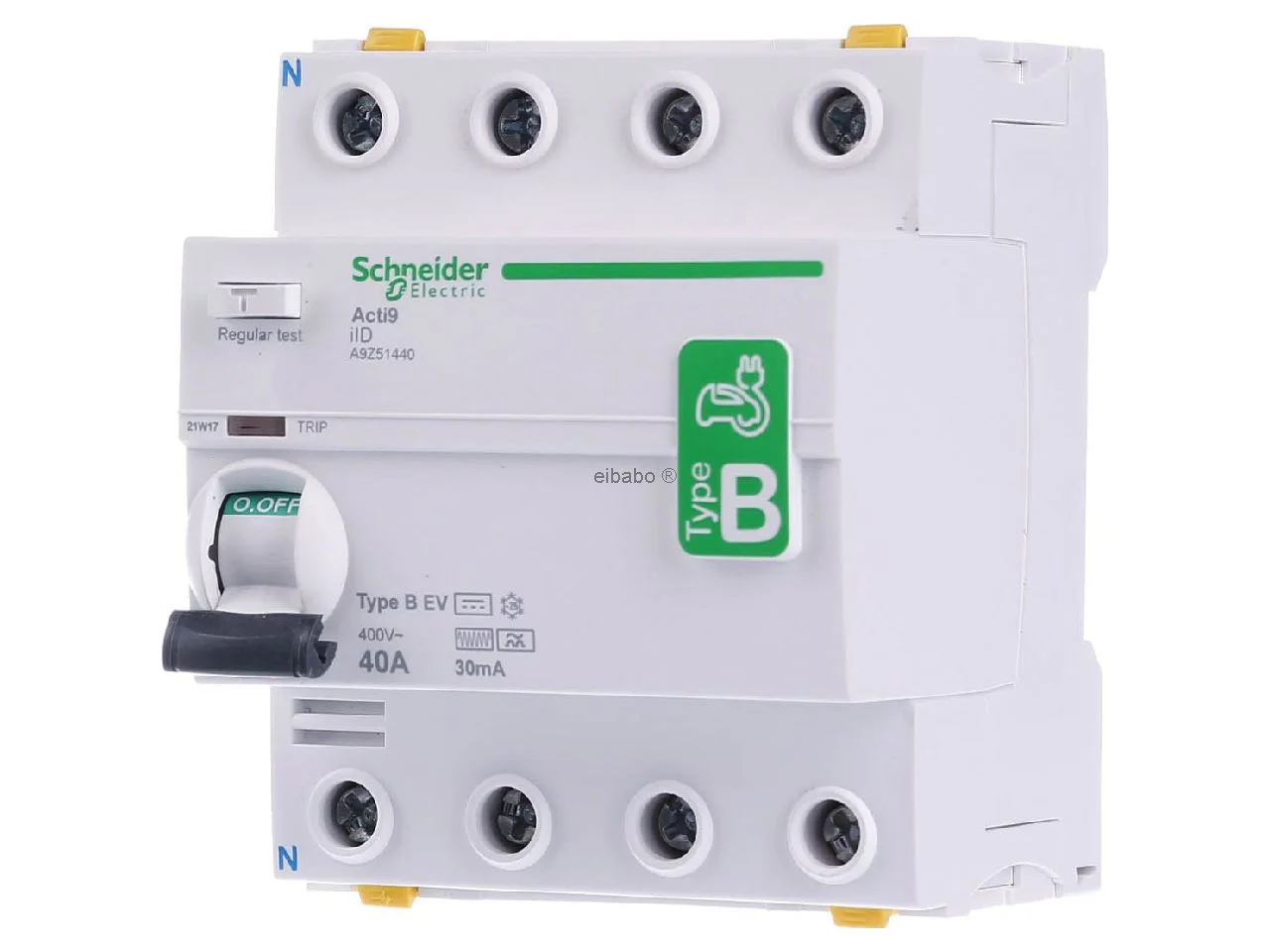
These devices are designed to protect against alternating currents and low intensity currents. You can well infer from the above mentioned applications that these devices are mainly used in industrial environments.
Recommendation on Differential Switch Classes
It must be taken into account that each manufacturer uses its own nomenclature when designing its devices, which can lead to a lot of confusion when selecting the one we need. Although this happens we always have to be clear that the previously mentioned Classes are the basic ones and the ones used by Normative.
You must always be clear about the application for which you need this type of device. With that you will only have to select the Intensity, Sensitivity and Class in a second and in a very simple way.
If you have any doubt about how to select your differential, you can leave it in the comments and we will help you. Also if you prefer you can contact us through our form.
Ending Differential Switches
I hope this article has clarified the doubts you had when you started reading. If you found it useful, I would like you to let me know with a Like and a comment about what you thought.
Without further ado, I bid you farewell and hope to see you again in our next article.
See you next time.





Thank you very much for making all that clear.
Kurt
Thanks